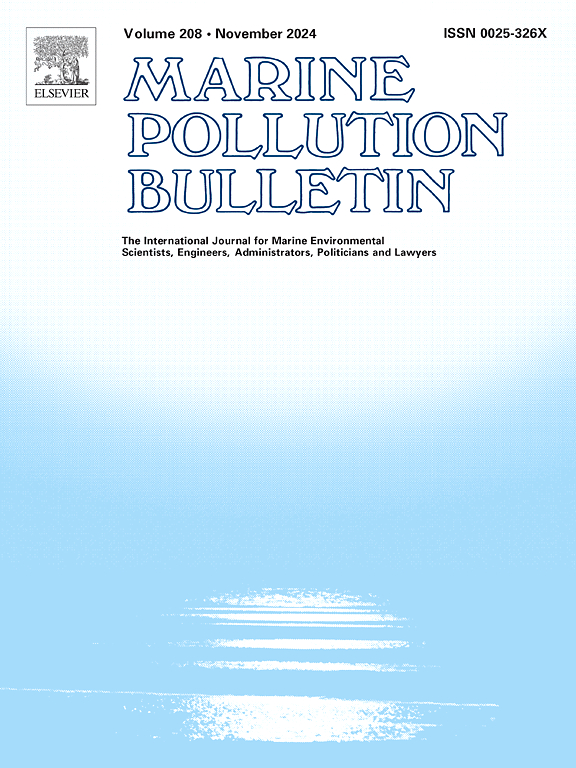Unravelling coastal plastic pollution dynamics along southeastern Australia: Insights from oceanographic modelling informed by empirical data
IF 5.3
3区 环境科学与生态学
Q1 ENVIRONMENTAL SCIENCES
引用次数: 0
Abstract
Marine plastic pollution poses a global environmental challenge, understanding dispersal patterns at management-relevant scales is required to inform effective actions. We combine high-resolution oceanographic modelling and particle tracking with empirical data from Australia's largest marine debris database to investigate plastic debris transport across southeastern Australia. Our results challenge the assumption that marine debris primarily originates from distant sources, revealing that source regions are predominantly confined within a 15-km coastal band, with 50% of the debris modelled only spending 8 days at sea, and originating (on average) 20-km away. A comparison of empirically-informed simulations with uniform seeding scenarios shows significant differences in the number and intensity of identified marine source hotspots of plastic debris across the coastal band. These findings emphasize the importance of local management strategies and demonstrate how integrating observational data with oceanographic modelling can enhance our understanding of marine debris dynamics, ultimately supporting more targeted pollution reduction efforts.

求助全文
约1分钟内获得全文
求助全文
来源期刊

Marine pollution bulletin
环境科学-海洋与淡水生物学
CiteScore
10.20
自引率
15.50%
发文量
1077
审稿时长
68 days
期刊介绍:
Marine Pollution Bulletin is concerned with the rational use of maritime and marine resources in estuaries, the seas and oceans, as well as with documenting marine pollution and introducing new forms of measurement and analysis. A wide range of topics are discussed as news, comment, reviews and research reports, not only on effluent disposal and pollution control, but also on the management, economic aspects and protection of the marine environment in general.
 求助内容:
求助内容: 应助结果提醒方式:
应助结果提醒方式:


